This section covers the service the customer receives at the beginning of the meal.
The Welcome
Welcoming your guests in a timely manner is very important. Normally the guests are welcomed by the host or the Maitre d’. Always make eye contact as soon as possible and smile, this lets the guest know that you have noticed their presence at the entrance. Verbally greet the guests and if you know their name it should be used. An example of a greeting at dinner time would be “Good evening Mr. Banks welcome to the college restaurant”. If the guests are returning to the restaurant, it may be appropriate to welcome them back. This shows that you recognised them from a previous visit and can make them feel special. If you do not know the guests you can use the term Sir or Madam, however you should ask the guests’ their name so that you can use it in subsequent interactions. Walk your guests’ to their table trying to make eye contact with the waiter who will be serving the guests for the meal. This gives the waiter the opportunity to be at the table to offer chair assistance and a prompt and efficient initial service of the meal.
Once seated the menu should be presented to the guests, ladies first followed by the gentlemen and lastly the host. Even when the host is a lady they should be presented last. If napkin assistance is being offered it should be done at this point. The guests can be offered a welcome drink, while they read the menus. Water should be offered during this time as well as bread and butter service.
Taking The Order
The order should be taken promptly. The waiter should speak to each guest individually, as this gives the guest the opportunity to ask questions they may not ask if the order is taken from a central point. Where possible the waiter should stand to the left of the customer. Menu knowledge is important for a waiter, if you don’t know the menu you will not be able to answer the guests’ questions. Answering questions promptly and without checking with the kitchen gives the guests a professional impression, however if the waiter is unsure of a guests’ questions, especially related to allergies, they should not be afraid to ask the kitchen or the manager for advice. Before leaving the table the waiter should double check the order to make sure they have the complete order.
There are many ways of taking an order so that the waiter can remember what each guest has ordered without interrupting them at the service of each course. For more details on one particular way of taking an order, see the document below.
Order Taking SOP – Click Here
Once the order has been taken it should be delivered to the kitchen as soon as possible. This may entail inputting the order into an EPOS (Electronic Point Of Sale). If using an EPOS, make sure the order is correct before sending the information to the kitchen. You can check out a video on using the colleges EPOS in the Training Video section of this site. This area also includes written instruction on how to use the EPOS.
The waiter can now check with the host if wine will be served with the meal. If a sommelier is available they can offer advice on which wine would match the guests’ food. If wine is being ordered, the glassware may need to be adjusted. Wine should be served before the starters are served. It’s important to serve the wine before the food. Click here from more information on wine service.
Cutlery should now be adjusted for the guests’ first course. In some establishments the cutlery may be adjusted for all courses, up to main course, at this point.

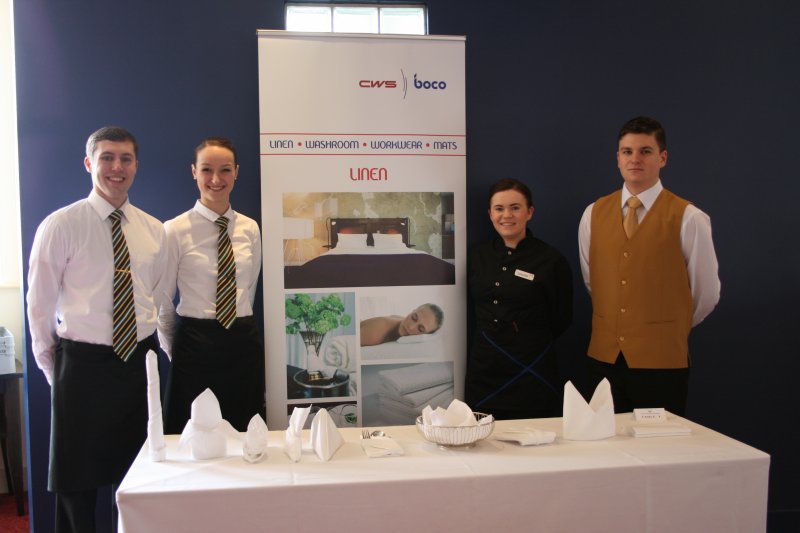
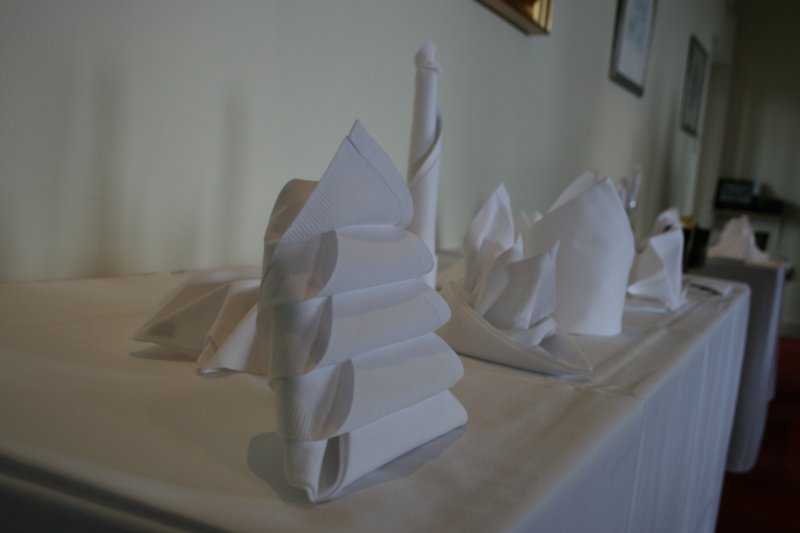
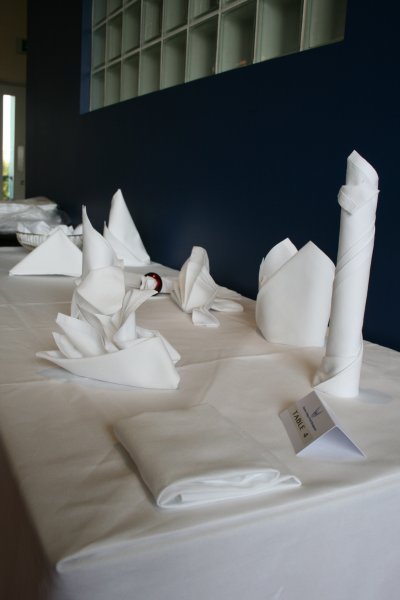
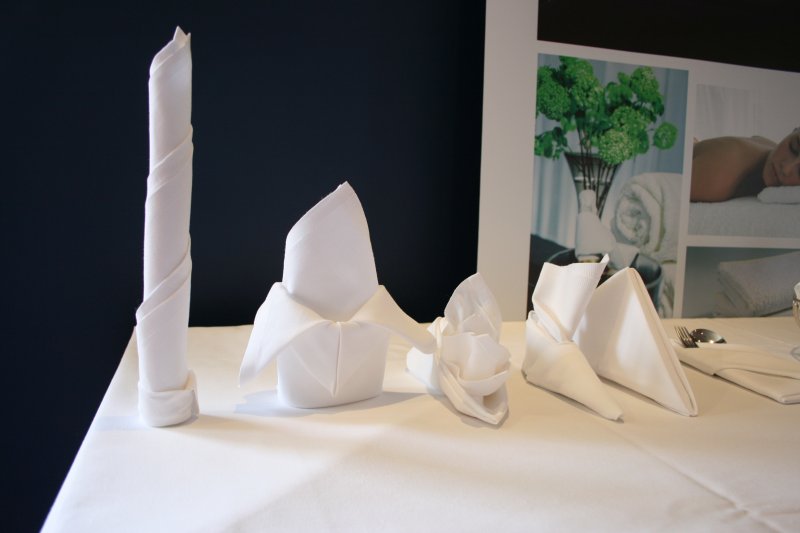

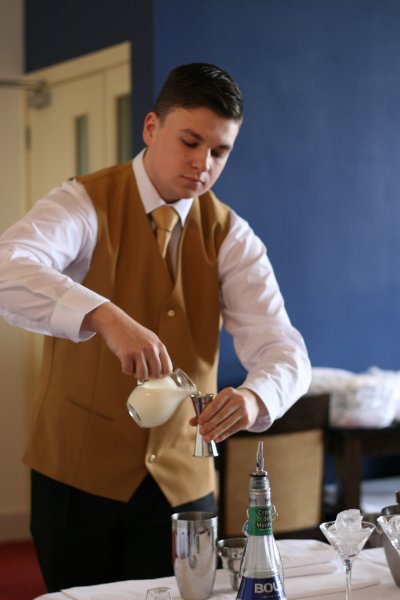
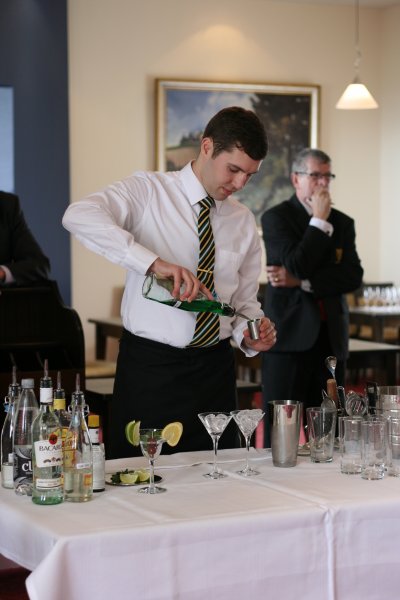


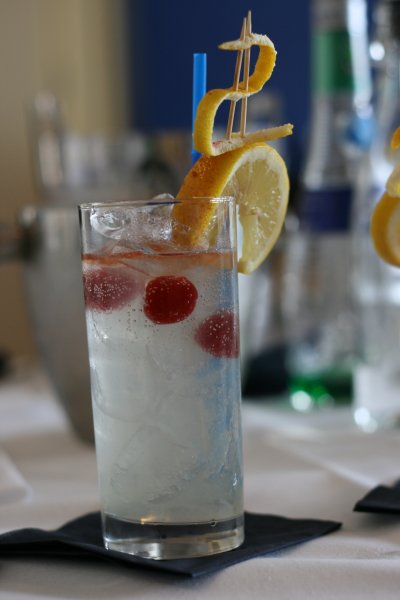
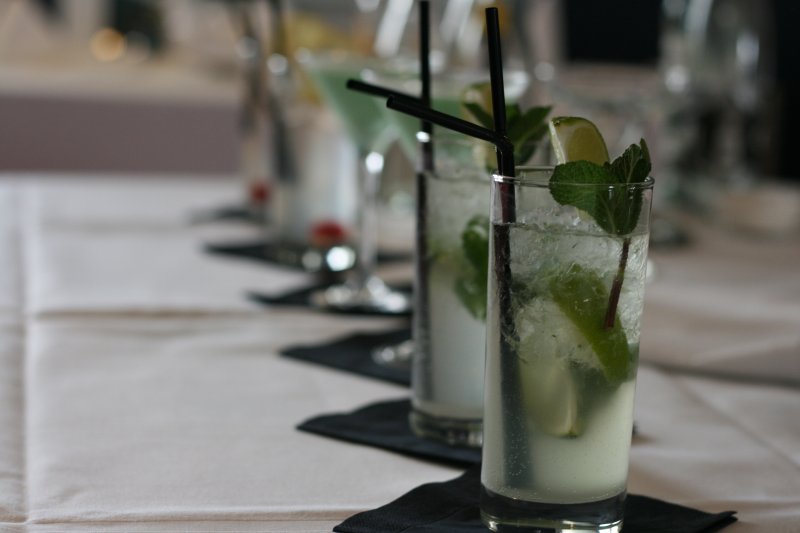
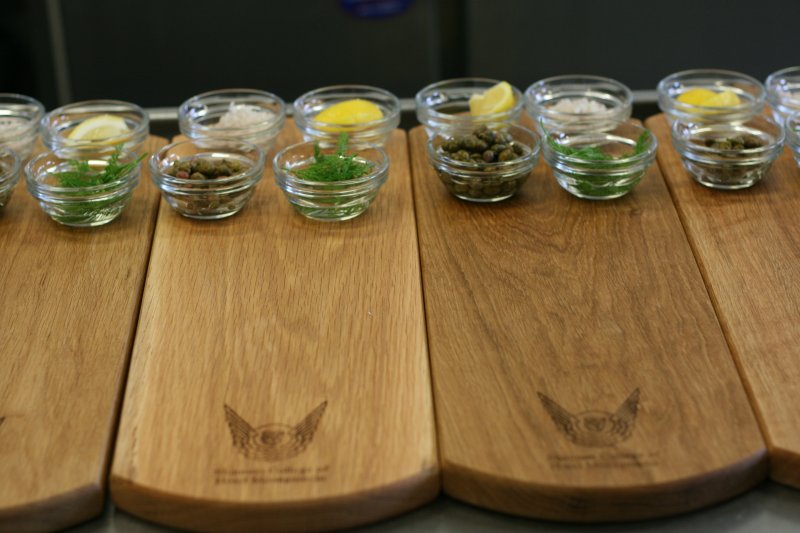
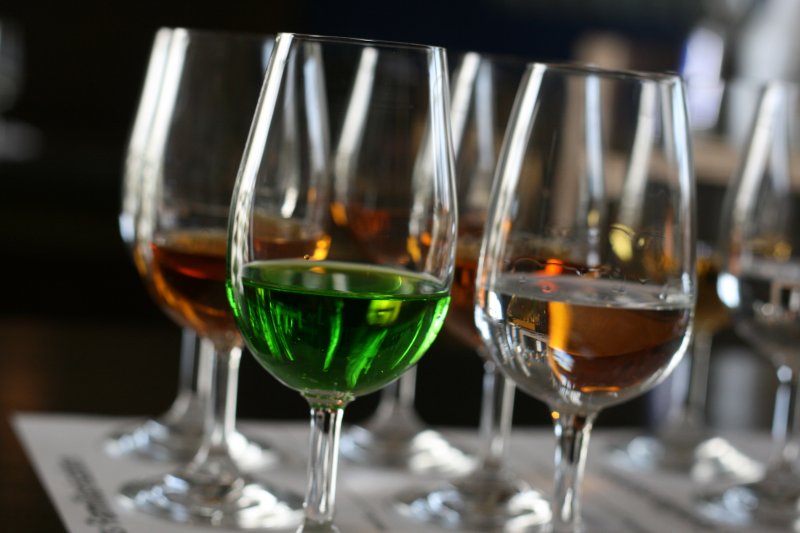
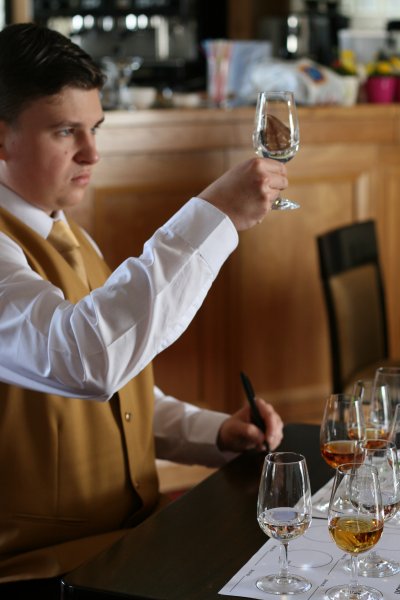
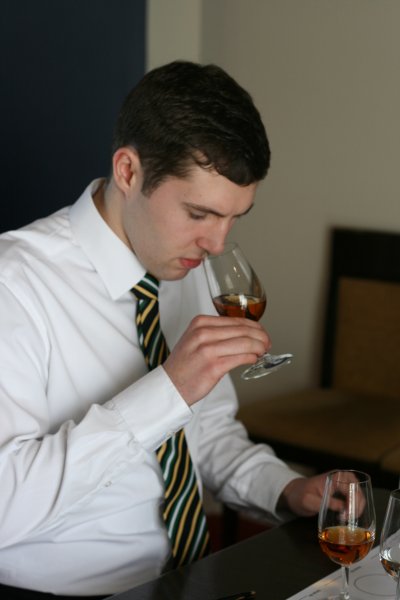
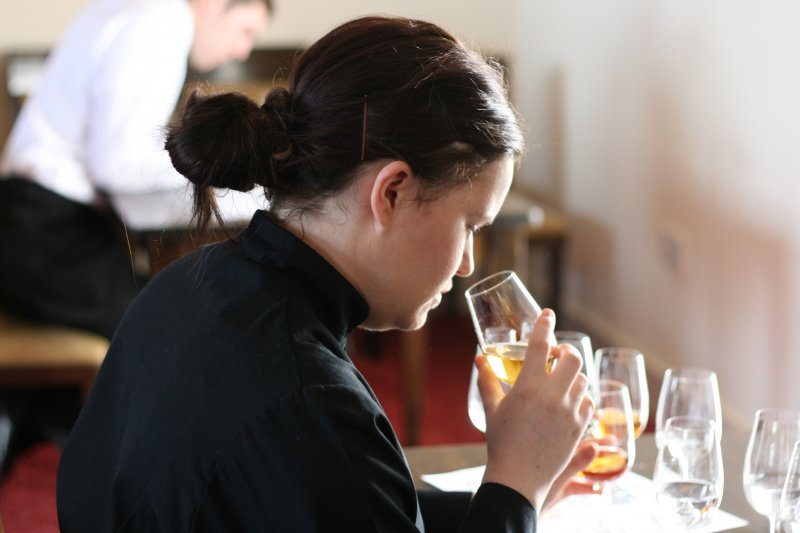

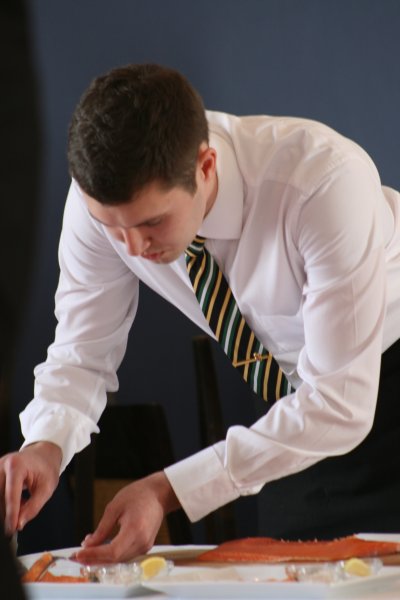
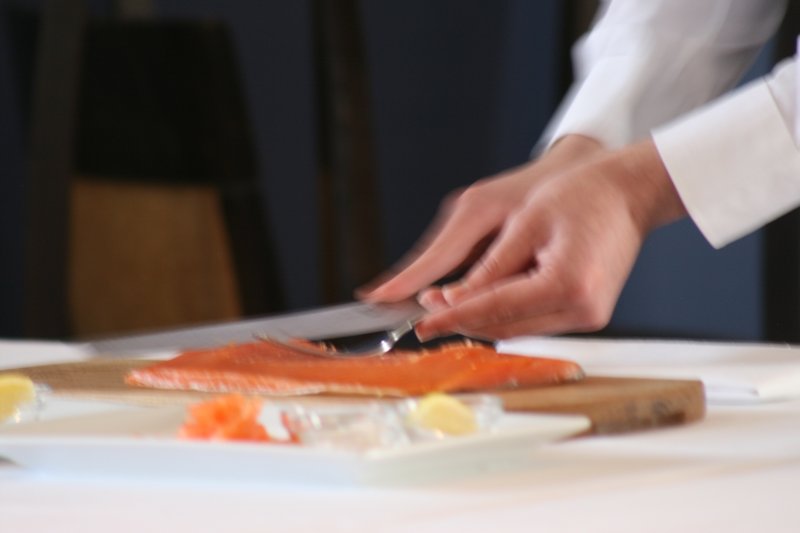
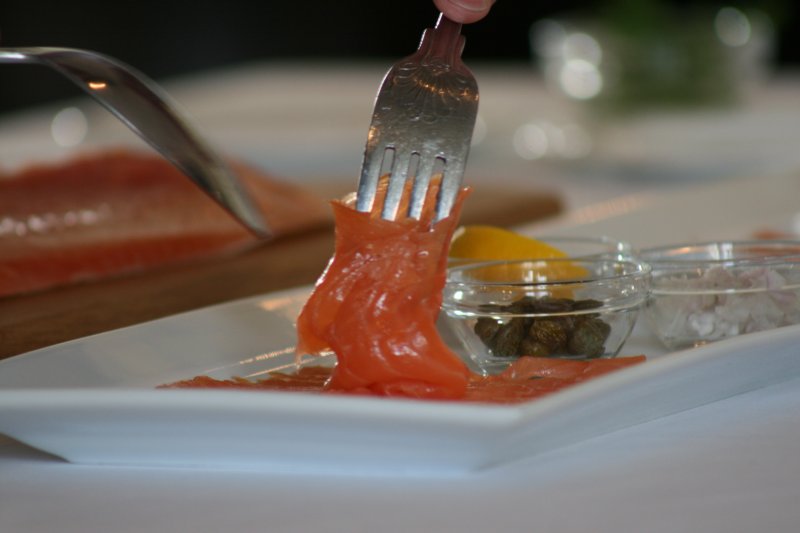
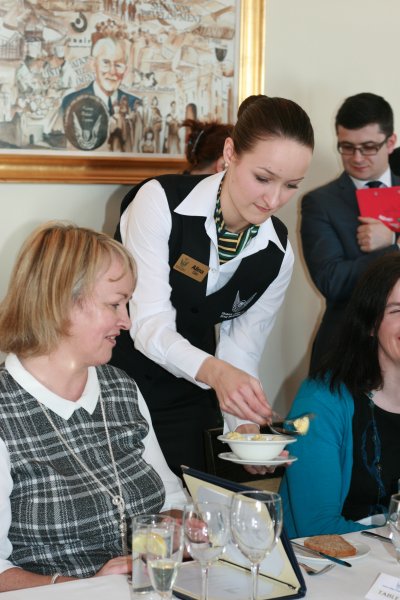
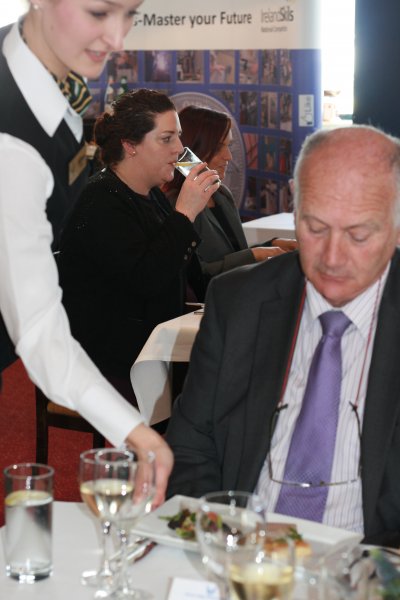
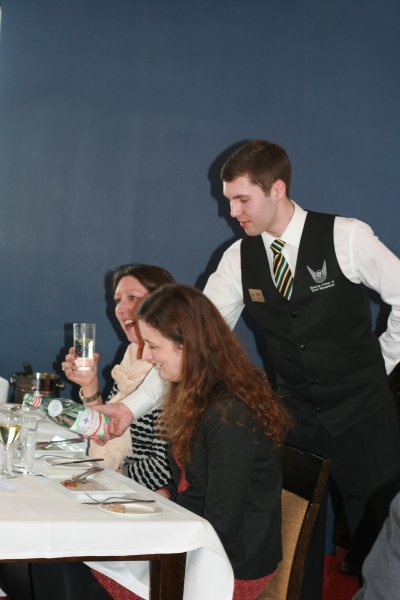
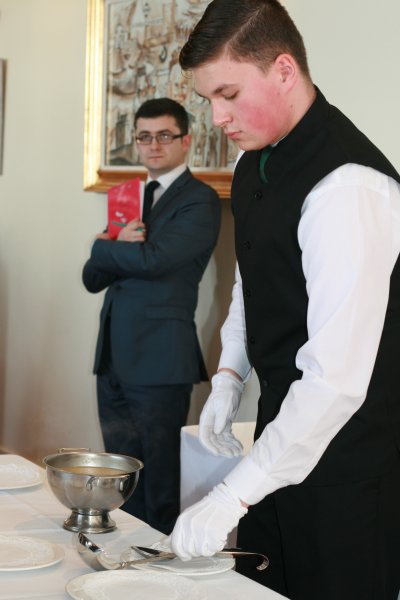
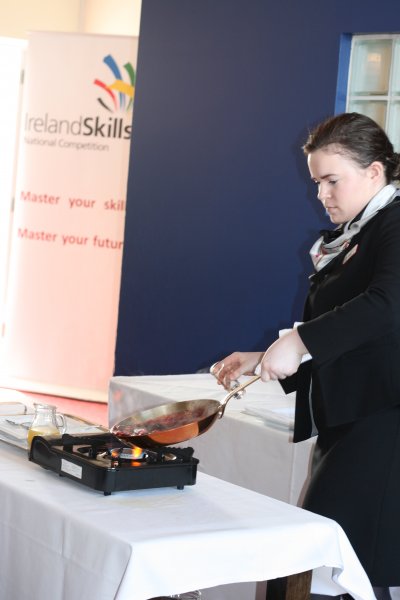
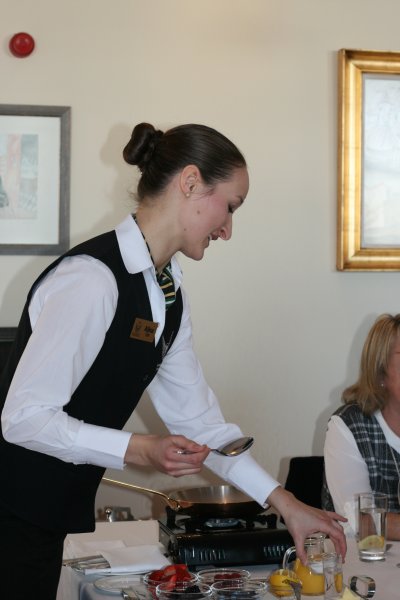
No comment yet
Leave a Comment > Cancel >